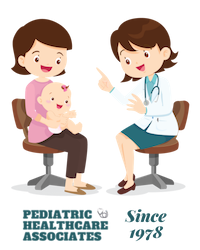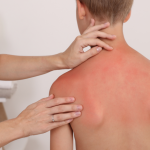Shielding Little Ones – Top Tips to Prevent Sunburn This Summer
As the days grow longer and temperatures rise, families in Altoona and beyond are eager to embrace the outdoors. Whether it’s a day at the park, a family picnic, or a backyard adventure, summer offers countless opportunities for fun. However, increased sun exposure also brings a heightened risk of sunburn, especially for children. At altoona pediatric, we’re passionate about helping families enjoy the sunshine safely by prioritizing sun protection for kids of all ages.
Why Sun Protection Matters for Children
Children’s skin is far more sensitive than that of adults, making them more susceptible to sunburn and the harmful effects of ultraviolet (UV) rays. A single bad sunburn in childhood can double the risk of developing skin cancer later in life. That’s why sun safety isn’t just a summer concern—it’s a crucial part of year-round healthcare pediatric wellness.
Essential Sunburn Prevention Tips
- Dress children in lightweight, tightly woven clothing that covers arms and legs. Long sleeves and pants may seem counterintuitive in the heat, but they offer a reliable barrier against UV rays.
- Don’t forget a wide-brimmed hat and sunglasses with UV protection. These accessories protect sensitive areas like the face, neck, and eyes, which are often overlooked but highly vulnerable.
- Apply a broad-spectrum sunscreen with an SPF of 30 or higher to all exposed skin. Remember to cover easy-to-miss spots such as ears, the back of the neck, and the tops of feet. Sunscreen should be applied 15-30 minutes before going outside and reapplied every two hours, or after swimming or sweating.
- Seek shade whenever possible, especially between 10 a.m. and 4 p.m., when the sun’s rays are at their strongest. Portable umbrellas, pop-up tents, and natural shade from trees are all effective options.
- Encourage children to take frequent breaks indoors or in shaded areas to minimize prolonged sun exposure.
Special Considerations for Infants
Babies under six months old have especially delicate skin and should be kept out of direct sunlight altogether. Instead, dress infants in lightweight, full-coverage clothing and use hats to protect their heads and faces. If shade and clothing aren’t sufficient, a minimal amount of sunscreen can be applied to small areas like the face and hands, as advised by healthcare for infants.
Hydration and Sun Safety
Staying hydrated is another key aspect of sun safety. Children can become dehydrated quickly in the heat, so offer water frequently and watch for signs of overheating, such as flushed skin or fussiness.
When to Seek Medical Help
Despite your best efforts, sunburns can still occur. If your child develops a severe sunburn with blisters, swelling, or fever, it’s important to seek prompt care from your medical pediatric provider. Severe sunburns can lead to complications, including dehydration and infection. At pediatric appointment, our team is ready to provide guidance, treatment, and reassurance for sun-related concerns.
Building Healthy Habits for Life
Teaching children about sun safety from a young age helps instill healthy habits that will last a lifetime. Encourage your child to be proactive about sun protection and explain why it’s important. Simple routines, like applying sunscreen before heading outside, can make a big difference.
At associates in pediatrics, we’re committed to supporting families with practical advice and compassionate care. If you have questions about sun safety or need to schedule a check-up, don’t hesitate to reach out. Together, we can ensure your child enjoys a safe, happy, and sunburn-free summer.







